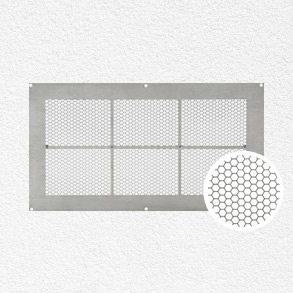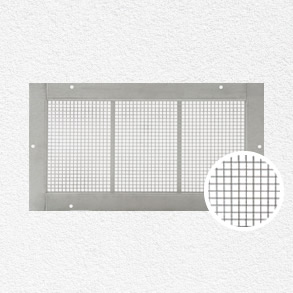In addition to devastating your home, floods can also contaminate your private water well. If your well is not tightly capped, sediment, sewage and other contaminates can enter it as floodwaters rise.
If there’s any doubt about the safety of your well water supply, follow local health department drinking and bathing advisories and have your well water tested before consuming or using. If your well water is contaminated, the well and its distribution pipes will need to be disinfected.
The disinfection process usually consists of flushing the well with fresh water and then adding bleach. The water-bleach solution is then distributed through the water system and left for several hours. The well and pipes are then again flushed with clean water, followed by further water testing. For more detailed instructions and information, contact your local health department. The EPA also has information on what to do with your well after a flood.
Fortunately, there are some things you can do to help prevent water well contamination from floodwater:
- Try to have surrounding land slope away from the water well.
- Extend well casing to a higher vertical level.
- Ensure the well’s surface seal is in good shape.
- Ensure that backflow prevention valves are in place.
- Ensure the well has a tight fitting, waterproof cap. While many wells require a vented cap for proper operation, you may be able to replace the vented cap with a waterproof cap or plug the vent holes while the well is not in use.
- Remove livestock wastes, fertilizers and pesticides from flood prone areas.
- If possible, empty household septic systems before flooding occurs.
For more tips, see the information sheet on what to do with your well before a flood. Although these measures could reduce the risk of well water contamination from flooding, there are no guarantees. It’s still important to have your water tested before using.
Of course taking steps to reduce the risk of well water contamination is only one way to minimize the impact of flooding. Another good preventative measure is to install FEMA compliant flood vents. Properly installed FEMA compliant flood vents have saved many homes from the structural damage that often accompanies flooding.
At Flood Solutions, we manufacture FEMA compliant flood vents in three different models and various colors. We even sell them unfinished so you can paint them to match your color scheme. They’re also insect and rodent resistant and come with easy to follow installation instructions. For more information about protecting your home with flood vents, contact us.






